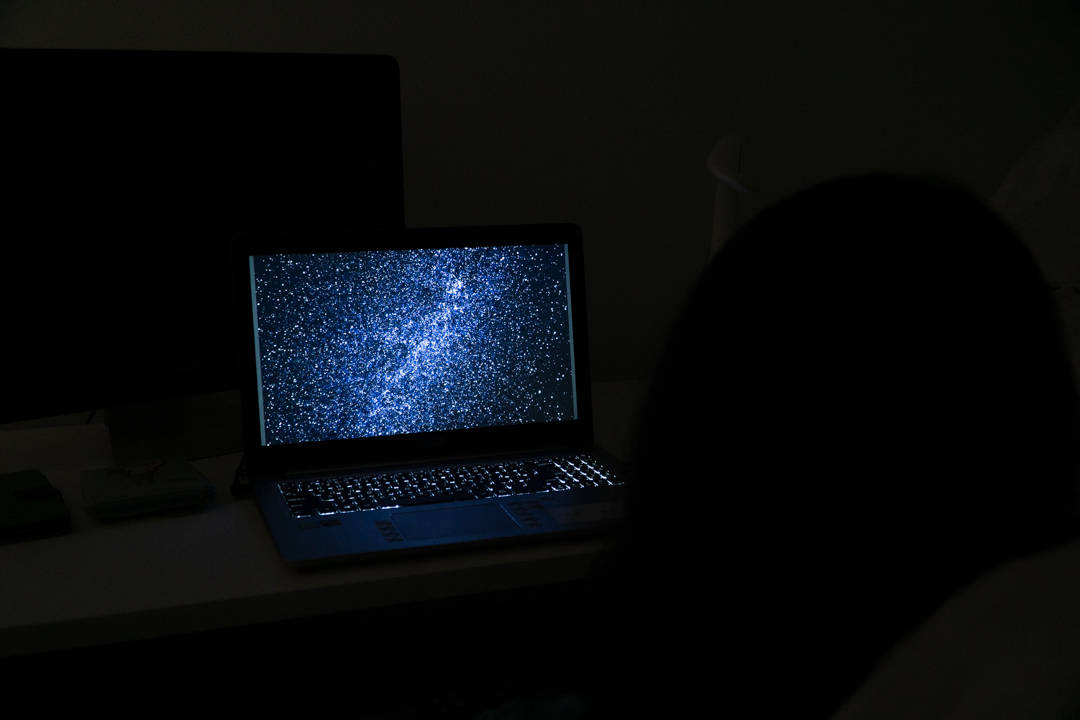On September 12, the Dunlap Institute for Astronomy & Astrophysics at the University of Toronto hosted its annual Planet Party in collaboration with the Royal Astronomical Society of Canada.
A livestream of telescopes across the country accompanied talks from multiple guest speakers, including astronomers and graduate students. Participants tuned in online to learn about topics ranging from black holes to moons of Uranus with Shakespearean names.
A recording of the event was also made available on YouTube.
Astronomy made digital
The event kicked off at 8:30 pm with attendees from all over the world. Dr. Michael Reid, an associate professor and public outreach coordinator at the Dunlap Institute, narrated the first few portions of the event, reading an Indigenous land acknowledgement before introducing the attendees to many amusing activities. Reid was also the main organizer of the event, and he worked with partners to create a good virtual experience.
“[Reid] took on trying to turn what has been an important event that we’ve run annually in person and turn it into an online event,” Dr. Mubdi Rahman, a research associate at the Dunlap Institute, wrote in an email to The Varsity. “So you can imagine the challenges of doing this, especially when everyone is a little tired of Zoom and the like.”
My experience attending the event was different, but rather intriguing. At first, I wasn’t sure how the event would go as space-viewing sessions tend to be more engaging in person as opposed to online. But as it turns out, I was mistaken.
“We had a great turnout,” Rahman wrote. “Thousands of people from across the world tuned in and were looking at the planets… with us!”
Saturn, stars, and screens
There were numerous platforms for students to view different planets, one of them being an app called Stellarium Mobile Sky Map, also offered as a website. The application was introduced by Michael O’Shea, a graduate student at the Ontario Institute for Studies in Education, and the session mainly consisted of finding Jupiter, Saturn, Mars, and a few stars. The website fascinated many students as it was just like viewing the sky from a digital telescope.
“Stellarium reminds me of Google earth, but instead of showing a 3d map of the world, it shows the night sky,” wrote Pragathy Krishnan, a fourth-year student.
After exploring a new software, students were able to look at the planet from a variety of perspectives and locations. Some speakers were situated in Toronto while others resided an hour away from the city.
The differences in location showcased dissimilar visuals; some places were cloudier than others, whereas some were clearer. Even though the sky on that particular night wasn’t as clear as previous weeks, the speakers shared different photographs from the previous night, showcasing the planets.
“We’ve all seen professional pictures of Saturn, but when you see it as it comes out of a telescope, it’s like no other experience,” Rahman wrote.
Indigenous constellations: the hunter and the bear
Learning about space and exploring the unknown through a computer was a fascinating process. I enjoyed hearing about Jupiter’s 400-year-old hurricane while exploring black holes, but there is a story that I can never forget.
After the gaming session, Thomas Deer, a member of the Mohawk Wolf Clan, explained the perceptions of space from an Indigenous point of view. He told a story about the constellation of the hunter and the bear — known also as the Big Dipper.
In the story, two brothers hunting a bear find themselves ascending into the sky during their pursuit. Along with their hunting dog, they form the ‘handle’ of the Big Dipper, and the four stars that form the ‘spoon’ stand in for the bear.
Even though I enjoyed hearing about different stories and cultural aspects, every attendee had their own opinions about the sessions. For Rahman, one of his favourite memories was witnessing the pictures taken from the sky. “I think my favourite part of the event is having people see Saturn for the first time,” Rahman wrote.
Although a virtual event may be different from a physical experience, there was a lot of knowledge to gain from the Planet Party. Fortunately, the Dunlap Institute plans on hosting more similar events in the future.
“The planet party itself is an annual event, so we do intend to keep going with it after the pandemic,” Rahman wrote.
Krishnan agreed that the event exceeded expectations, writing that “this event brings awareness to the night sky to local Torontonians.” This event has been a valuable contribution to a city where the stars aren’t often visible.


